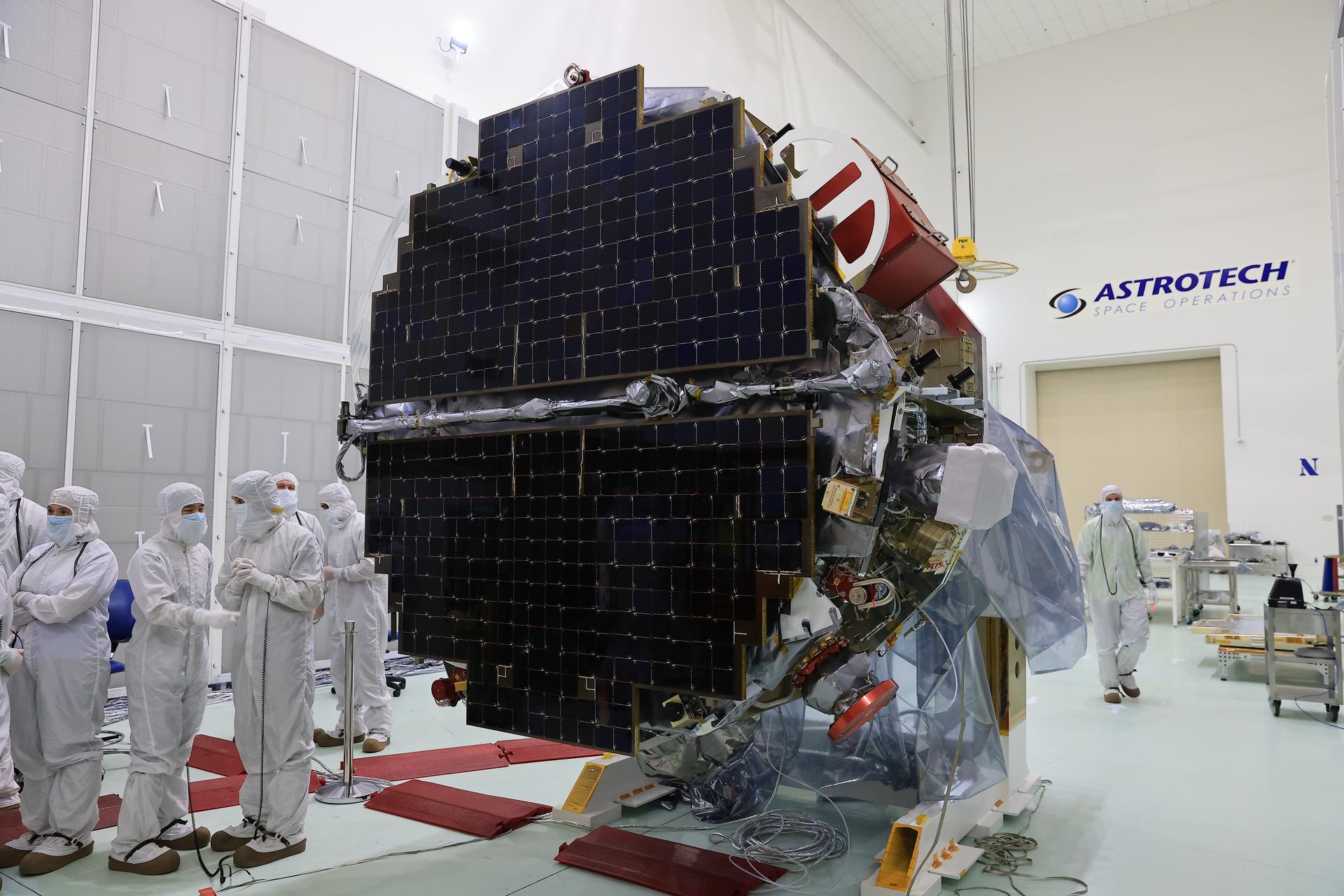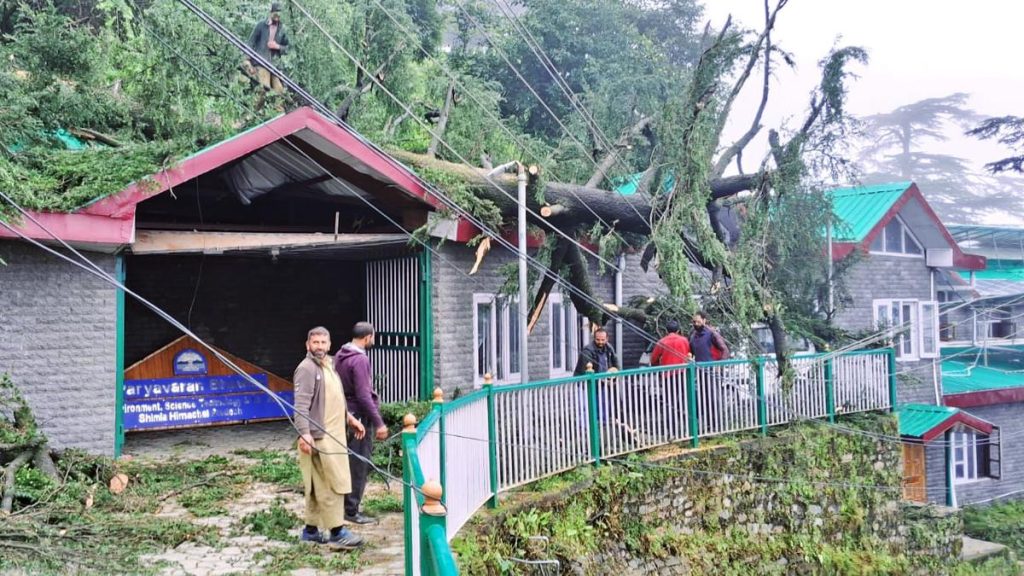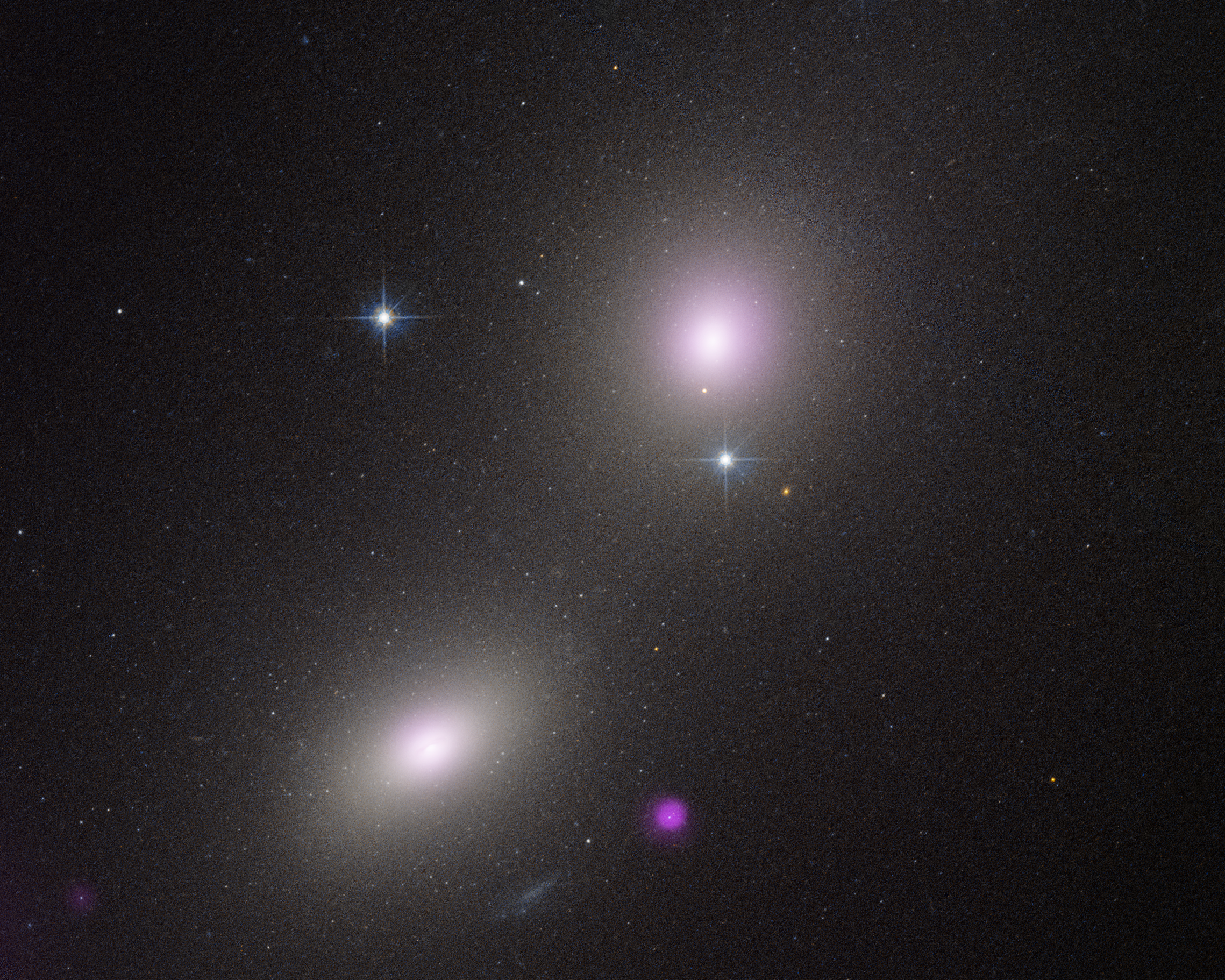Now Reading: NASA Opens Media Access for Space Weather and Heliophysics Missions
-
01
NASA Opens Media Access for Space Weather and Heliophysics Missions
NASA Opens Media Access for Space Weather and Heliophysics Missions

Rapid Summary
- Event: NASA invites media to view three spacecraft missions – IMAP,Carruthers Geocorona Observatory,and NOAA’s SWFO-L1 – on august 28 at the Astrotech Space Operations facility in Titusville,florida.
- Media Participation: Media must RSVP by August 19 at 11:59 PM via NASA’s online registration platform. Attendance is restricted to U.S. citizens with valid ID and proof of citizenship. Cleanroom guidelines apply for participants.
- Mission Overview:
– IMAP: Will study the heliosphere’s edges and mechanisms accelerating charged particles, crucial for understanding space whether across the solar system.
– Carruthers Observatory: Employs ultraviolet imaging of Earth’s geocorona to explore interactions between atmospheric regions and outer space conditions.
– SWFO-L1 Mission (NOAA): Focused on monitoring solar activity (e.g., eruptions) and providing early warnings of space weather events critical for protecting infrastructure like satellites, communication systems, power grids, etc.
- Launch Details: Scheduled no earlier than September via SpaceX Falcon 9 from Kennedy Space Center in Florida.
Indian Opinion Analysis
NASA’s IMAP-led mission package has meaningful implications for scientific communities globally but also touches upon aspects relevant to India. The detailed mapping of the heliosphere by instruments aboard IMAP could aid India’s own space science endeavors by expanding shared data available about cosmic radiation impacts-an area that complements ISRO’s research priorities around planetary exploration.
Moreover, SWFO-L1 promises advancements in real-time monitoring and forecasting of solar events that affect satellite communication-a sector increasingly vital given india’s accelerated transition towards digital infrastructure dependence. Collaboration opportunities stemming from scientific results generated under these missions may benefit India if aligned strategically toward mutual knowledge-sharing frameworks involving NOAA or similar institutions.
growing awareness surrounding geospatial dynamics precipitated by observations from Carruthers may enrich academia within atmospheric studies in india while offering NASA-enabled models perhaps adaptable for localized environmental challenges faced domestically.
India’s place amidst broader global cooperation on such initiatives could solidify its standing as a critical player pushing boundaries around earth-space interaction research without requiring direct mission engagement here itself.

























